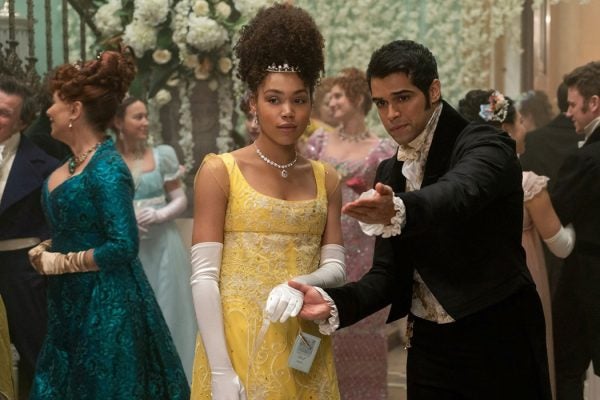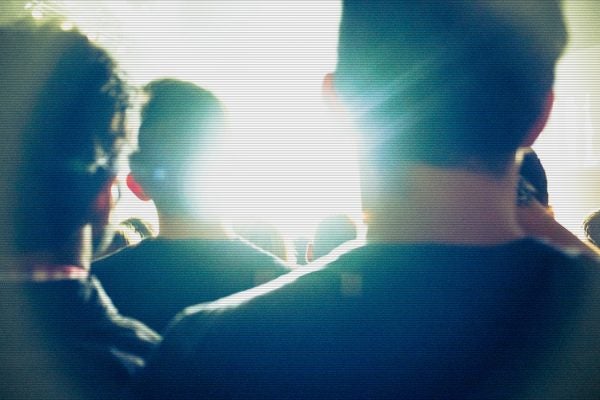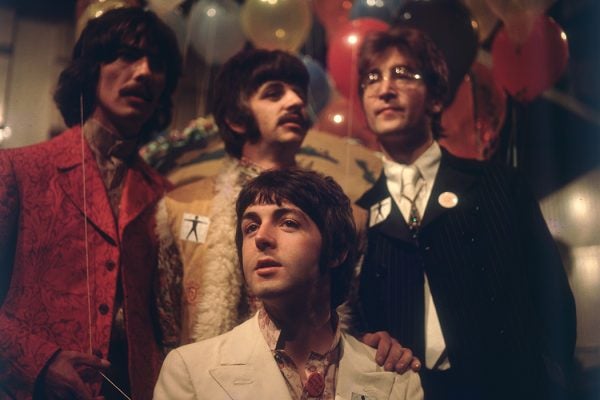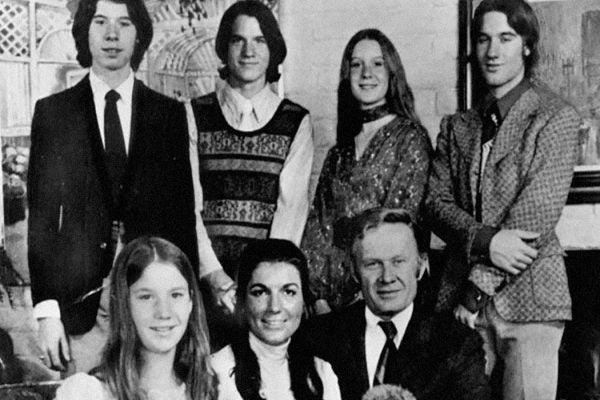Who Was Sesame Street’s First Black Muppet?
Since the beginning, the children's show has tried to represent the diversity of the nation. But Roosevelt Franklin was controversial.
The “Tragic Mulatta” of Bridgerton
While colorblind casting increases opportunities for diverse casts, colorblindness after casting can result in the perpetuation of stereotypes.
Cults on TV!
How stereotypes influence our ideas about what is and isn’t legitimate religion.
Early Television in the Soviet Union
Communist Party officials saw potential in the new technology in the 1950s. So did ordinary people, but not always in the same way.
All You Need Is Live
The very first international TV simulcast was 1967's Our World, which featured performers from around the globe—including the Beatles.
Remembering Craig Gilbert and An American Family
The twelve-part documentary chronicling a family's dissolution was one of the most talked-about TV shows of the past fifty years.
Selling Toys with the Sailor Moon Transformation Sequence
From her nails painted glossy red to the tiara appearing on her forehead, if you time it out, the transformation in Sailor Moon lasts 40 seconds.
The Allure of the Millionaire Family Drama
The reason we put aside our personal dislike of rich TV families, people we might deeply resent if they were real, is two-fold.
The “Downton Effect” on the English Country House Tour
The show Downton Abbey spurred a renewed interest in English country estates.
Streaming Television Might Just Bring Us Together After All
A look at TV watching as a social activity, from the "water cooler" network shows of yore to today's "second screen" live-tweets.









